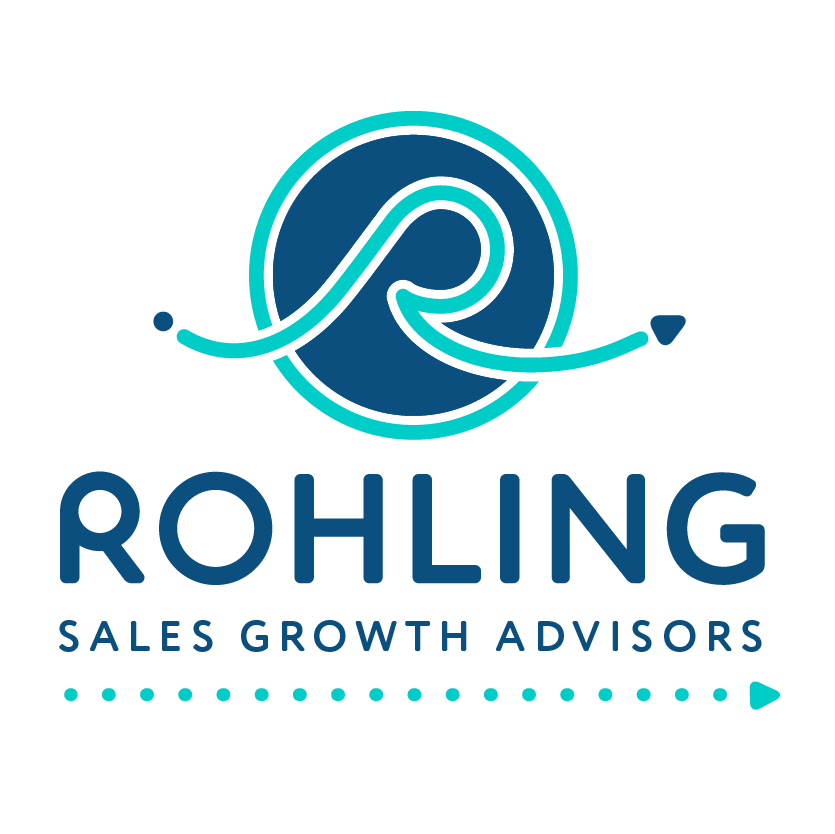“We’re Just Not Proactive Enough.”
I hear this all the time from founders, owners, and business leaders.
The statement usually comes with a sigh, a sense of guilt, and a belief that the answer is simply to “try harder.” But here’s the truth: being proactive isn’t easy — and beating yourself up about it won’t fix it.
Daily firefighting consumes your energy. Customer issues, urgent sales opportunities, or unexpected operational challenges hijack your calendar. By the time you think about being proactive, the day is gone.
So why is proactivity so hard?
Because it doesn’t happen by accident. Proactivity isn’t about willpower — it’s about structure. At ROHLING, we’ve seen it firsthand: the companies that break out of the reactive cycle don’t rely on heroic effort. They build systems that make proactivity automatic.
What does that system look like?
- Aligned Goals – Everyone knows where you’re headed and why it matters.
- Simple, Clear Strategy – Not complicated decks, but actionable direction.
- Persistent (but Pleasant) Follow‑Up – Consistency builds trust without annoying your market.
- Clear Messaging – Your story is sharp, relevant, and easy for the team to share.
- Targeted Marketing Presence – You show up where your customers are, not everywhere.
- Focused Sales Process – Simple steps that prioritize the customer’s needs over internal noise.
Being proactive is more than a wish list or rally cry in a meeting. It requires discipline, diligence, and resources. It takes time and focus to embed proactivity into your culture — and into your processes.
That’s why we built the Growth Operating System at ROHLING. It connects strategy, marketing, and sales into one engine, so your team isn’t guessing where to focus next. The result? Less chaos, more momentum — and the ability to stay ahead of problems instead of chasing them.
If you’re tired of saying, “We’re just not proactive enough,” it’s time to fix the system — not the people.
Proactivity starts with clarity. And clarity starts here.
